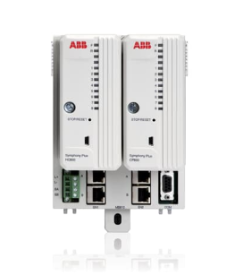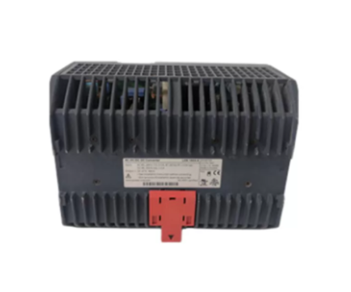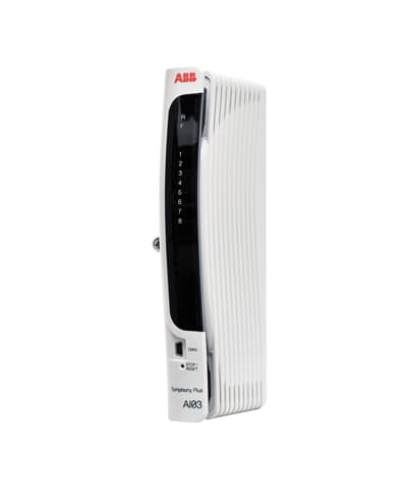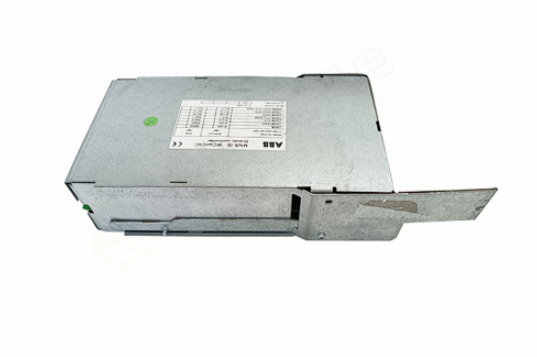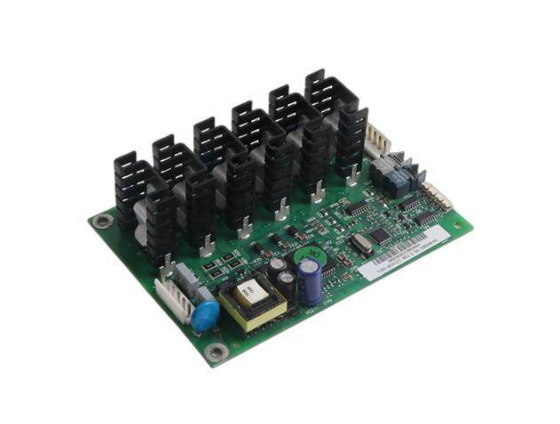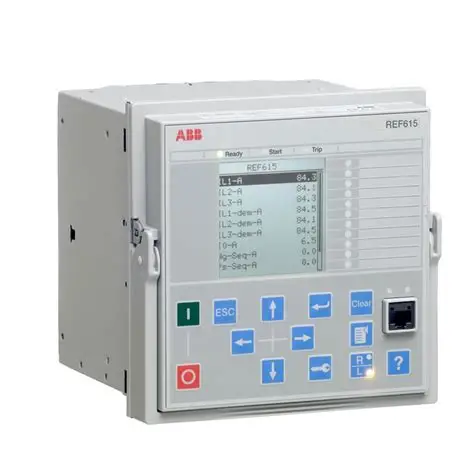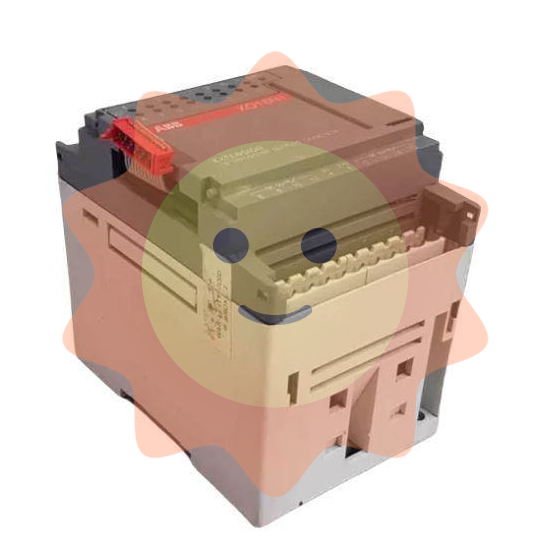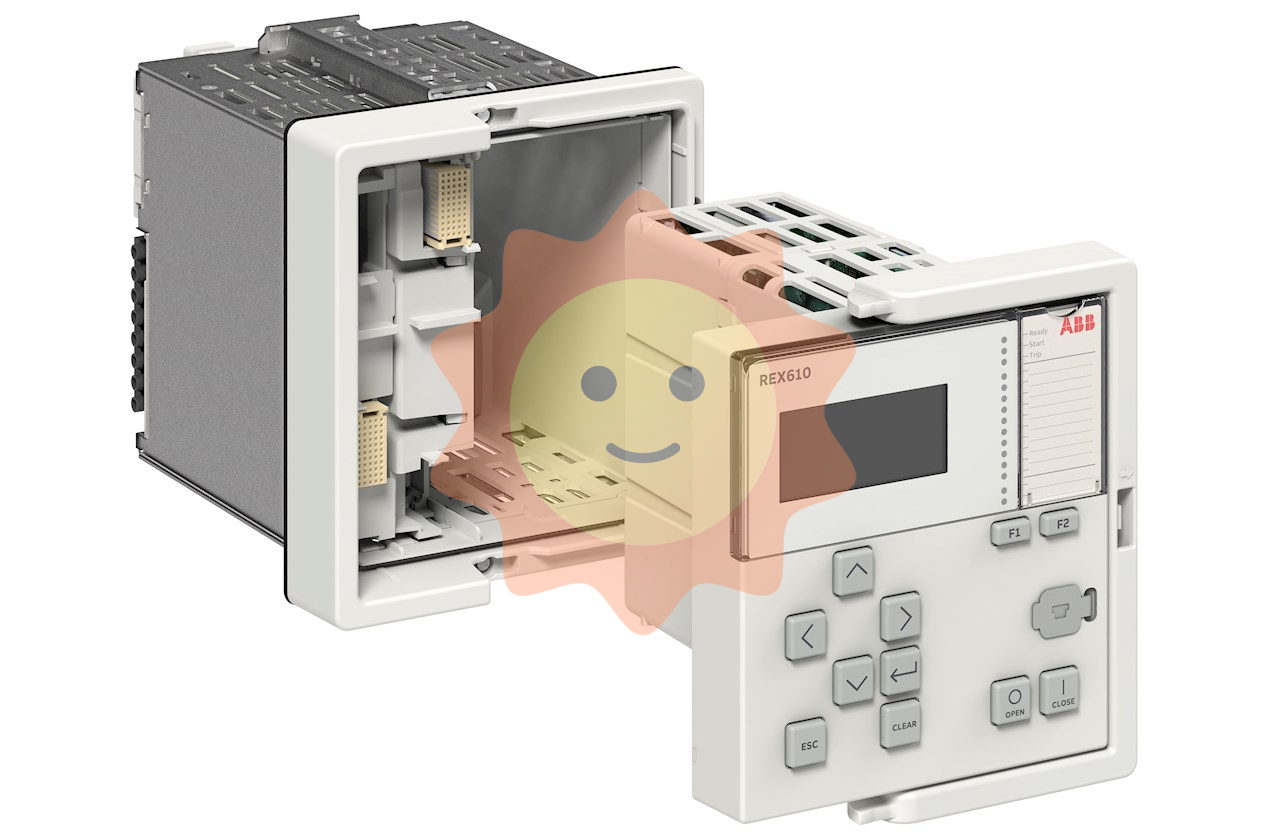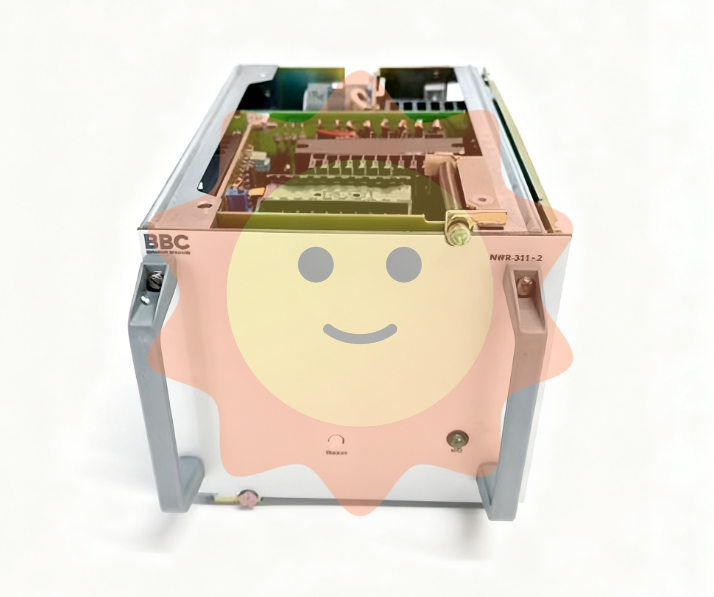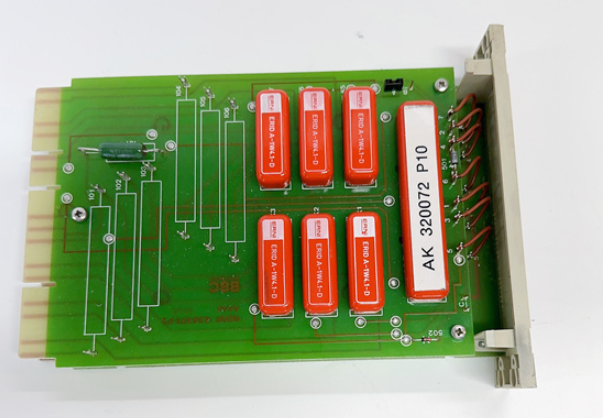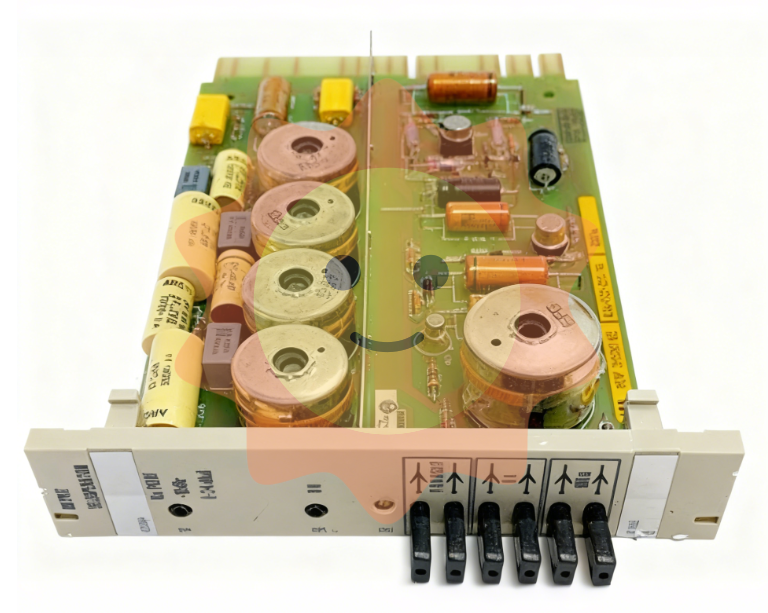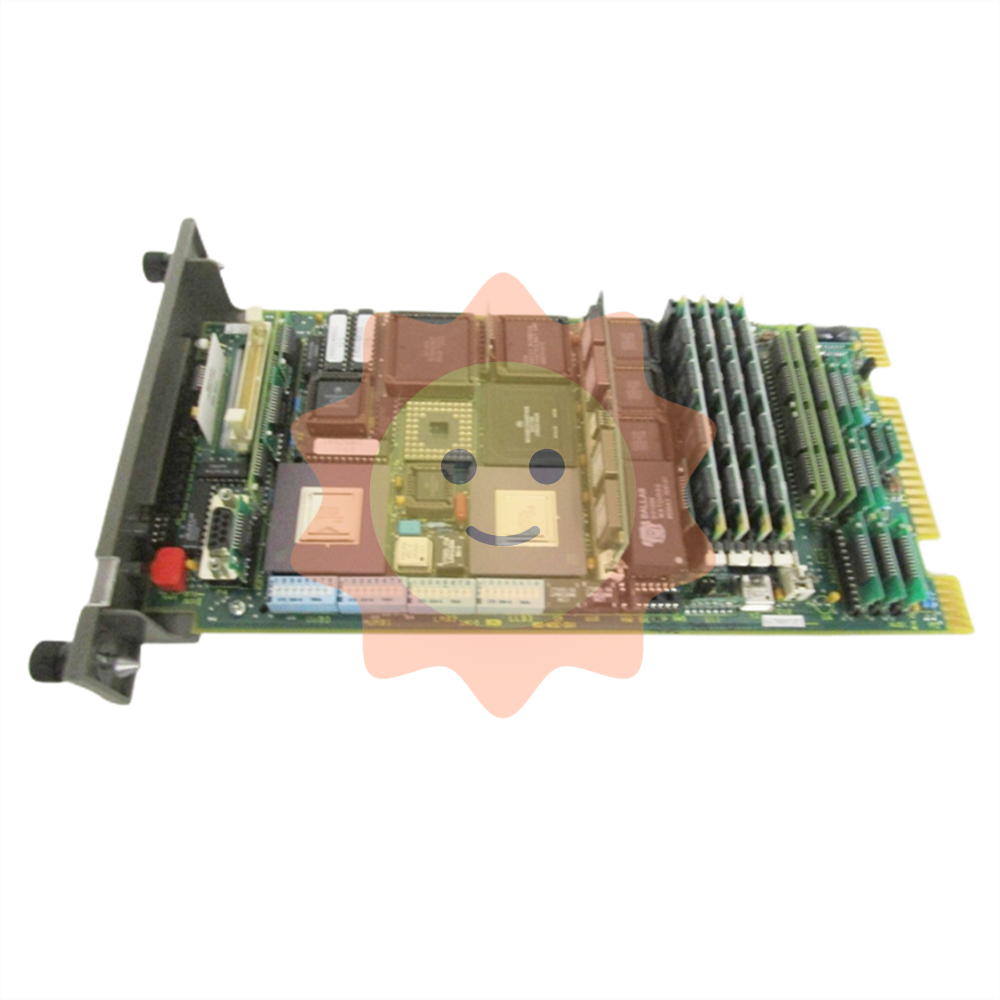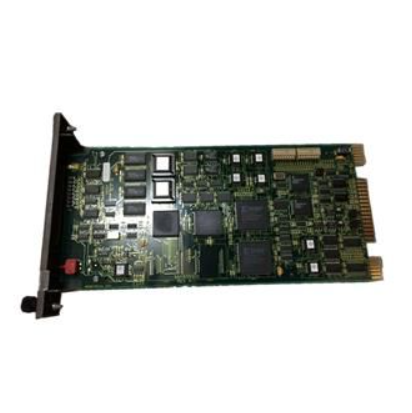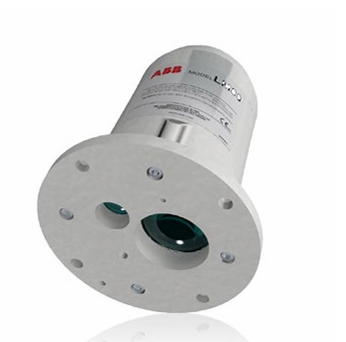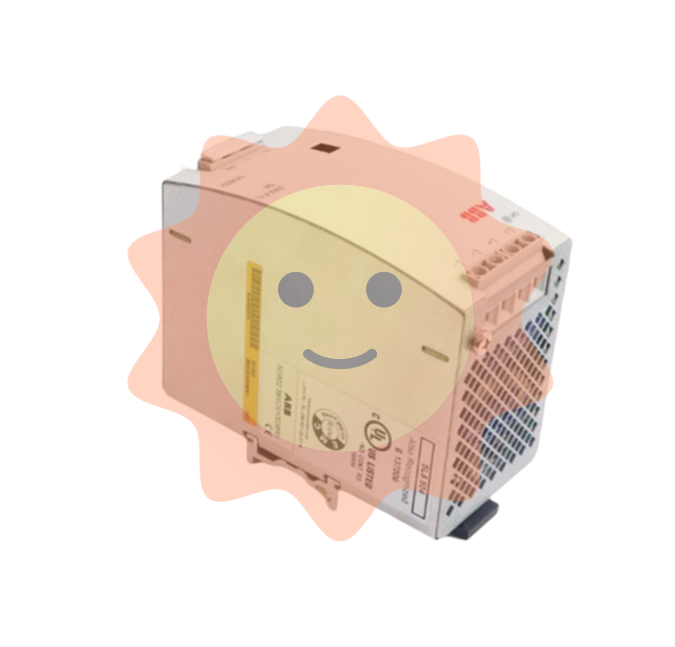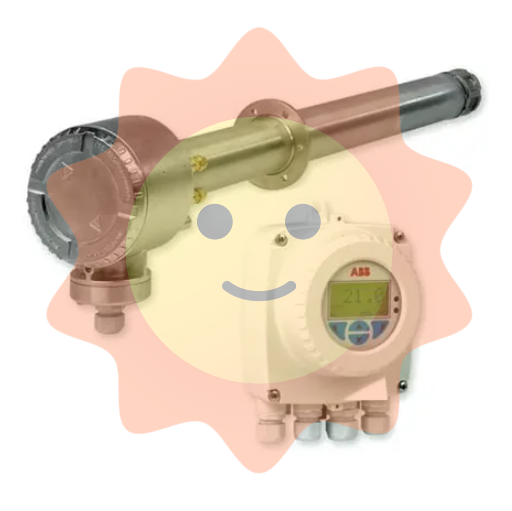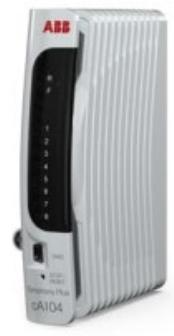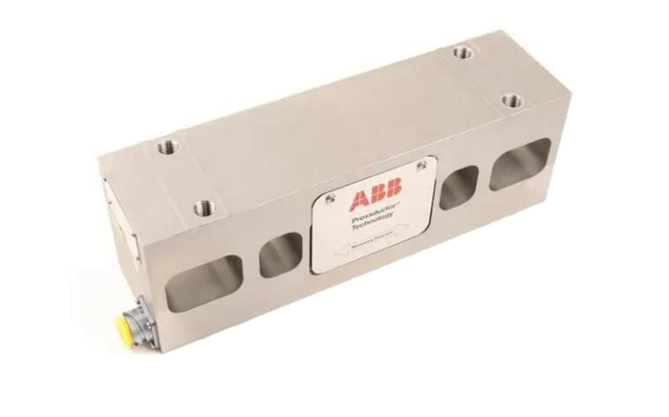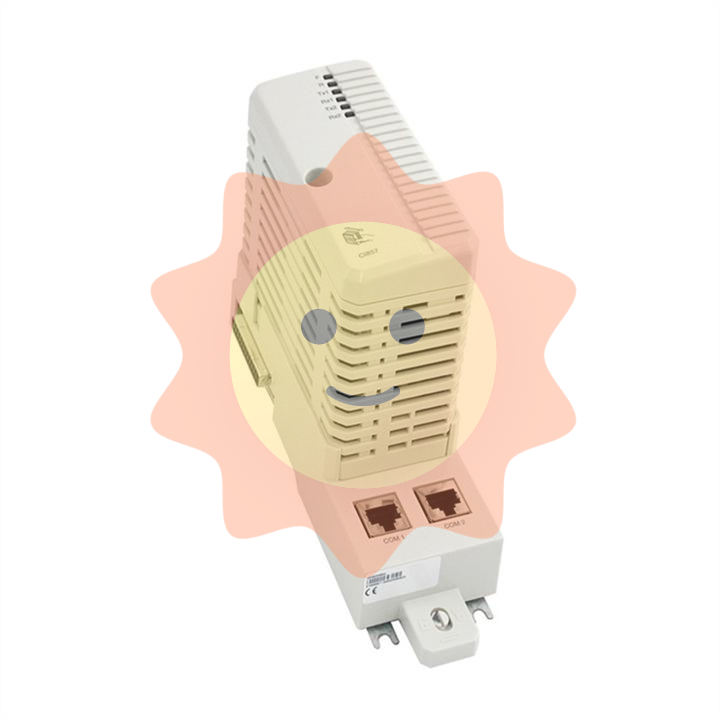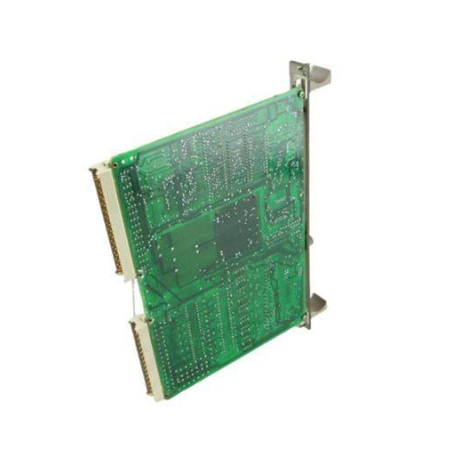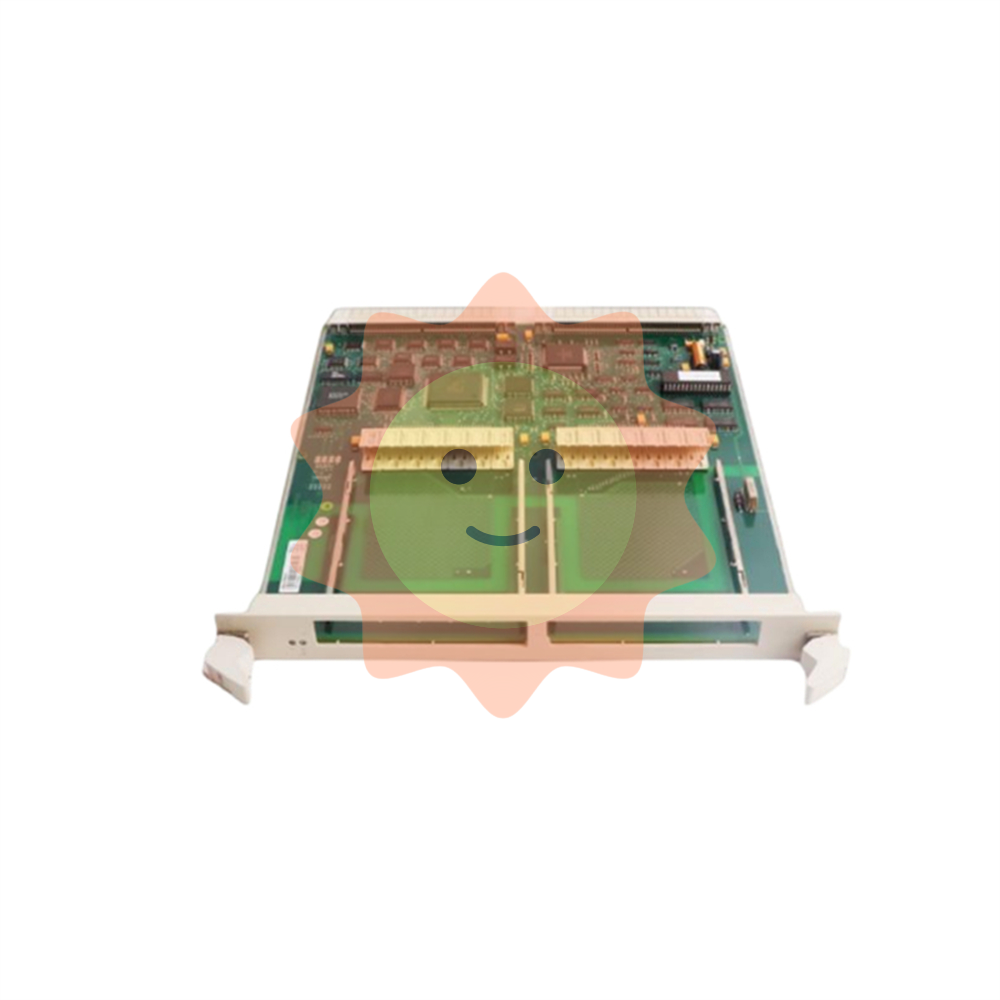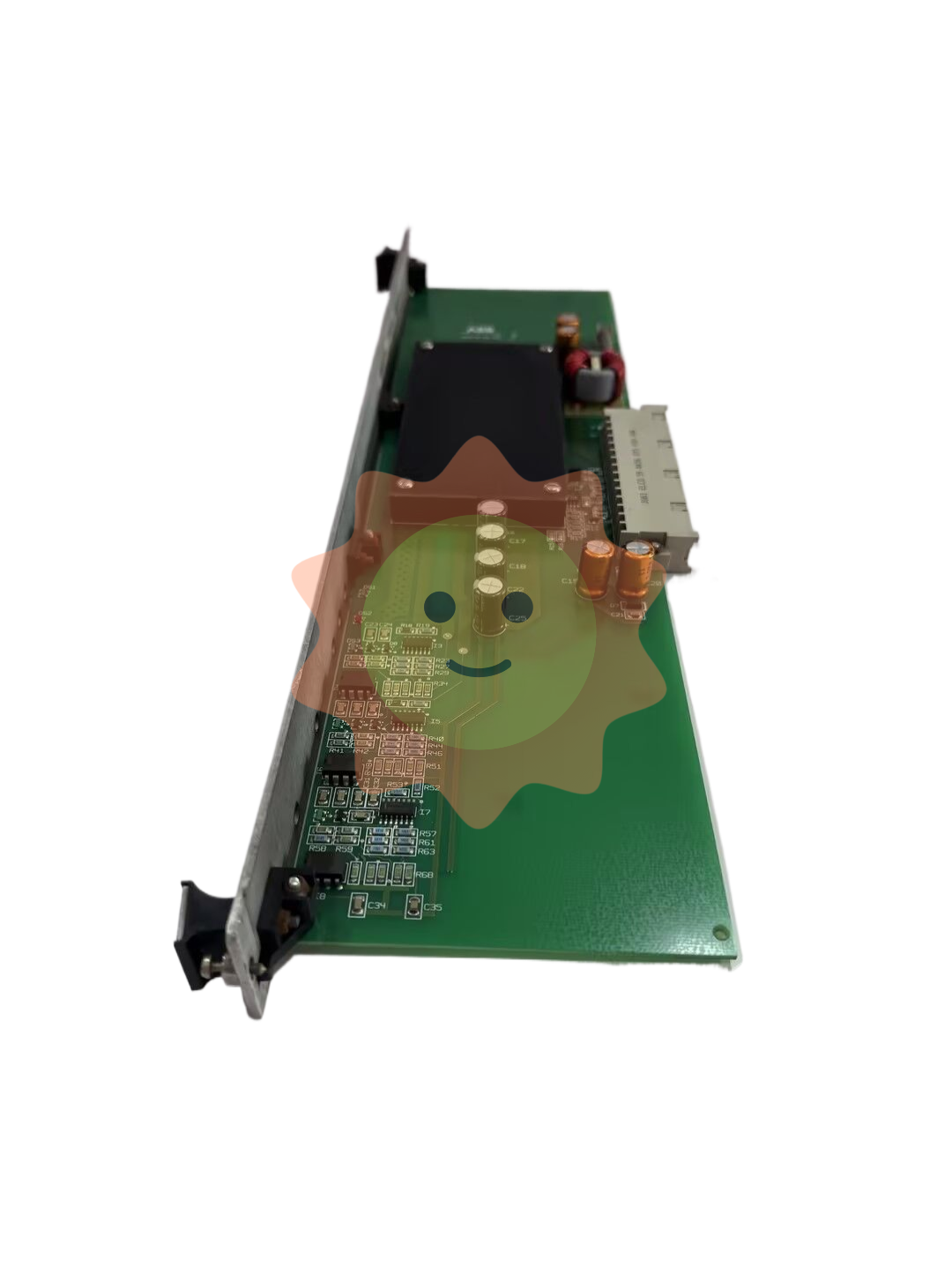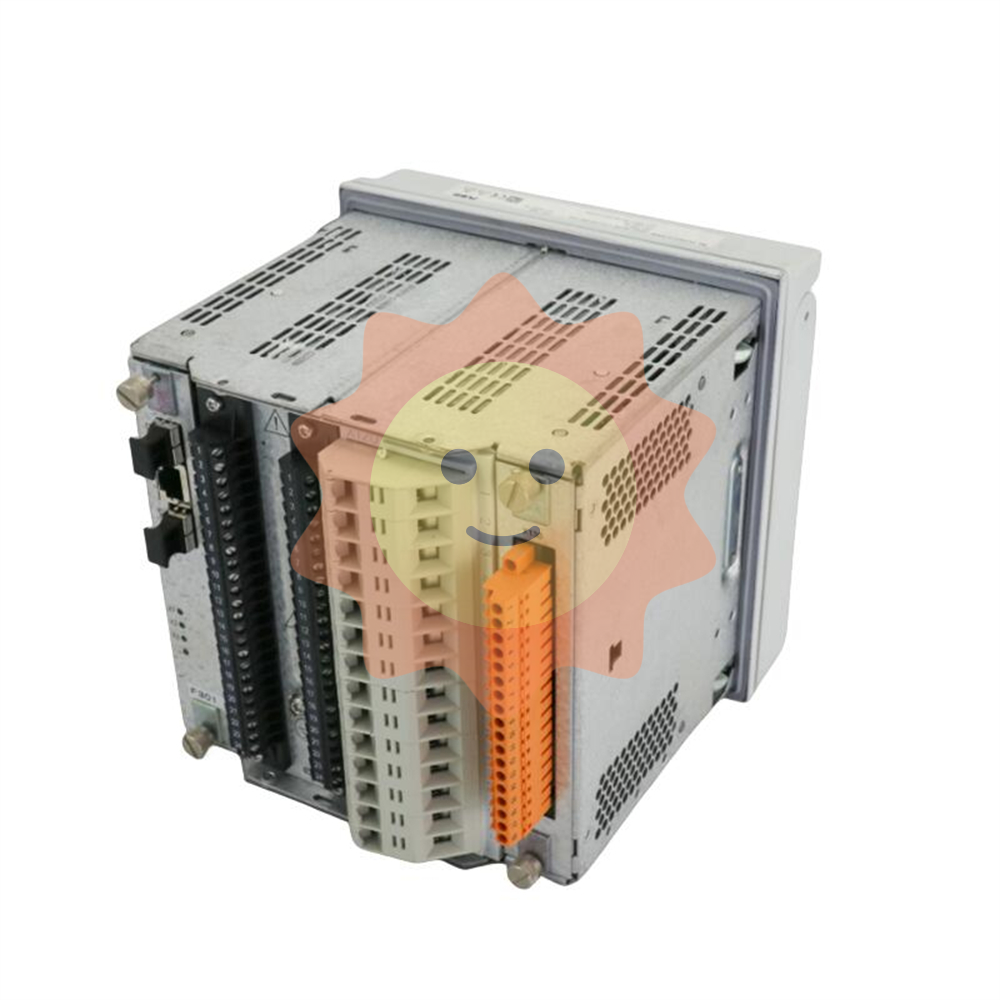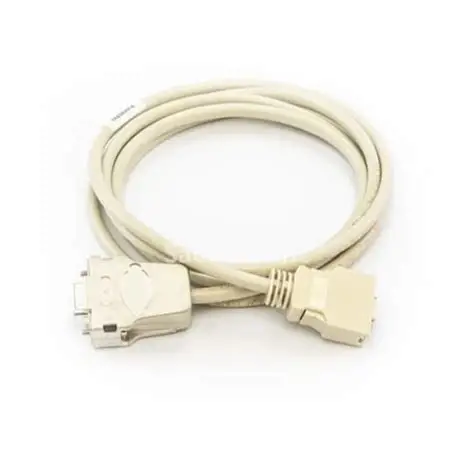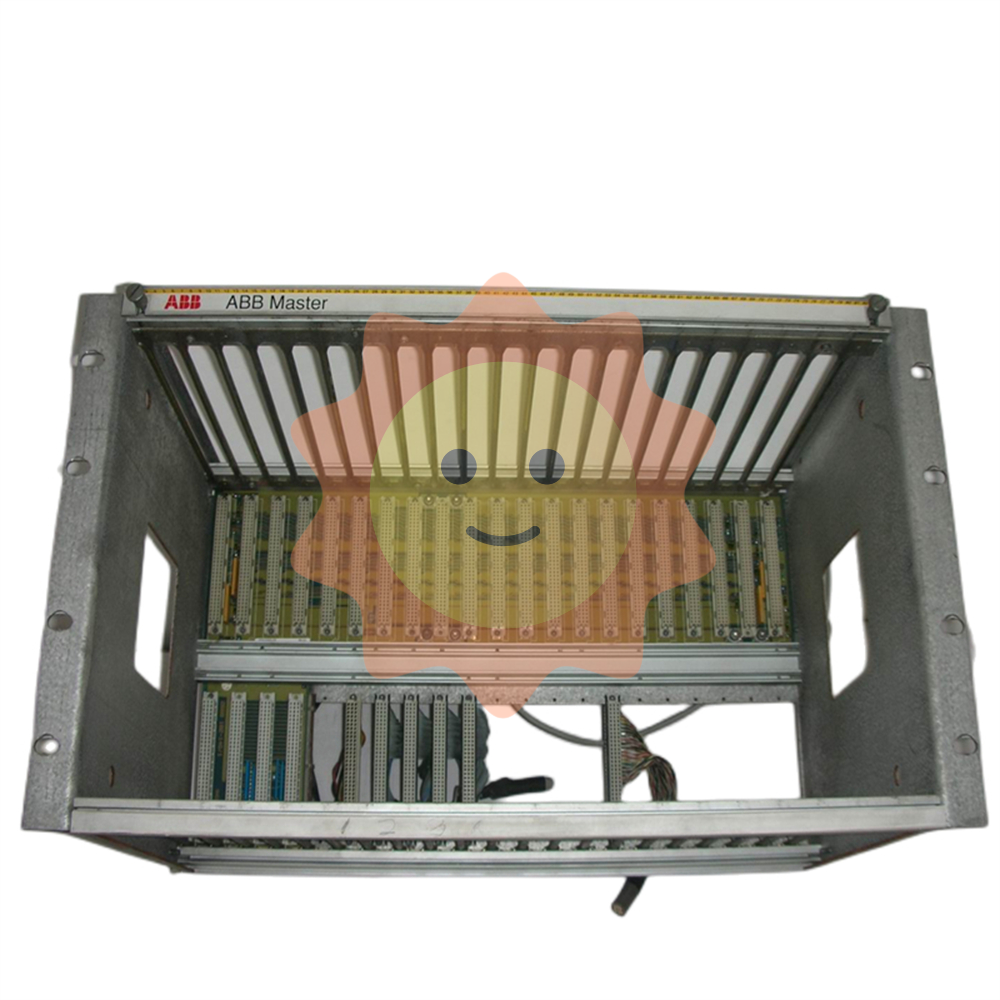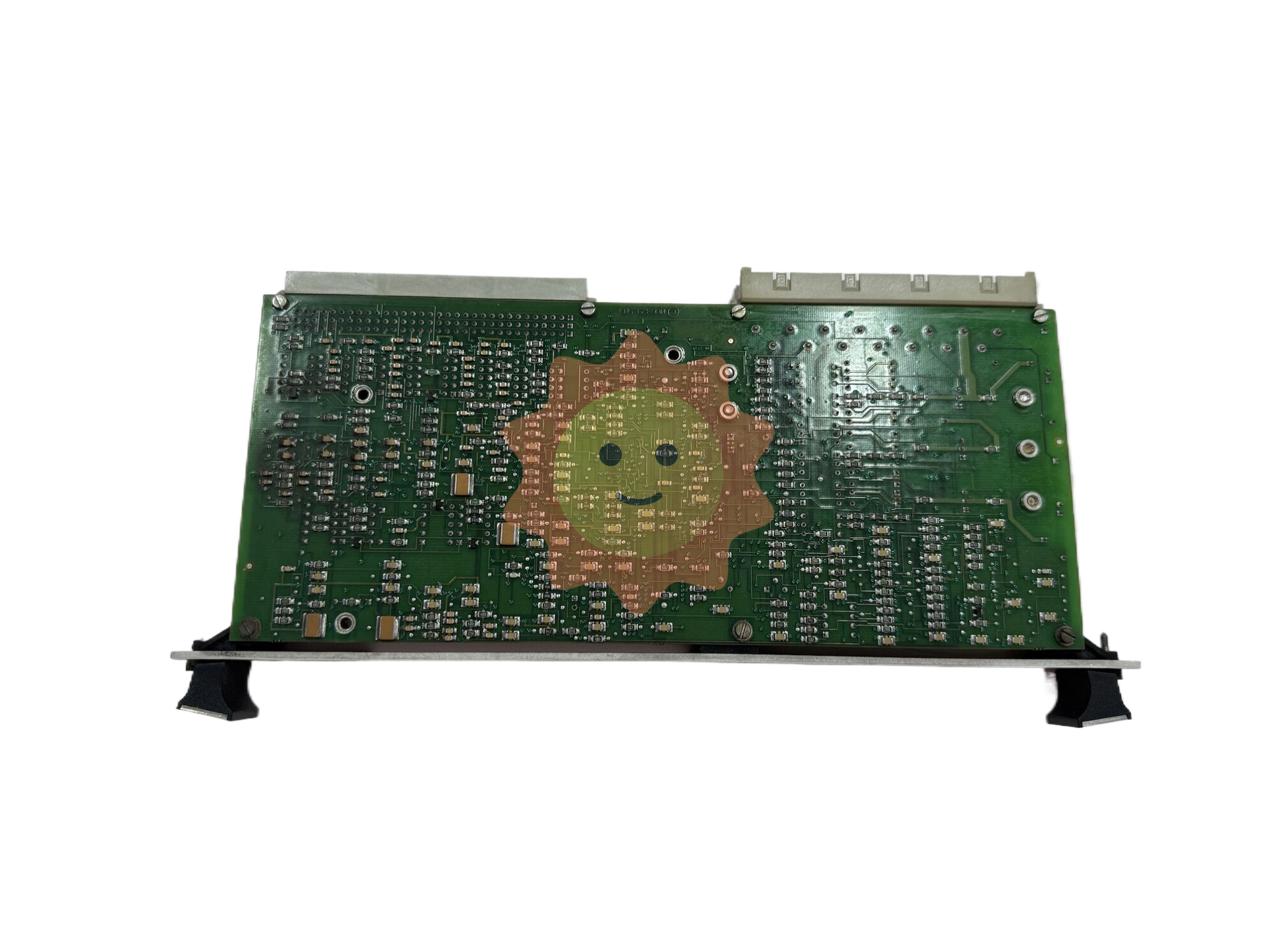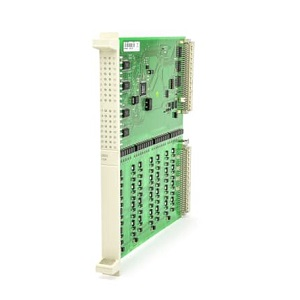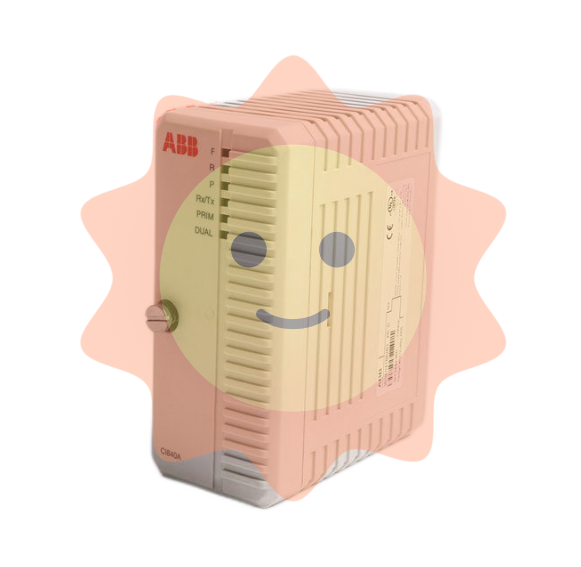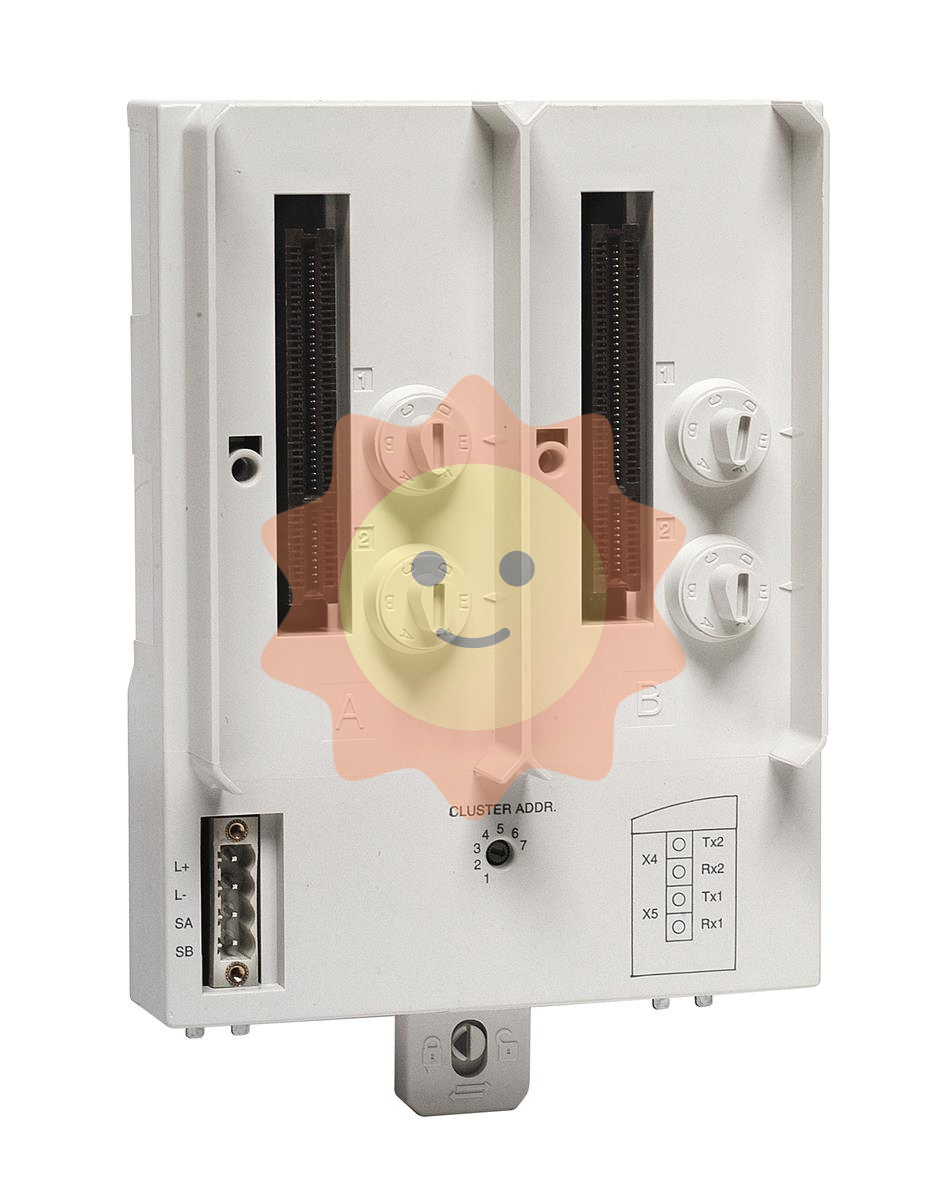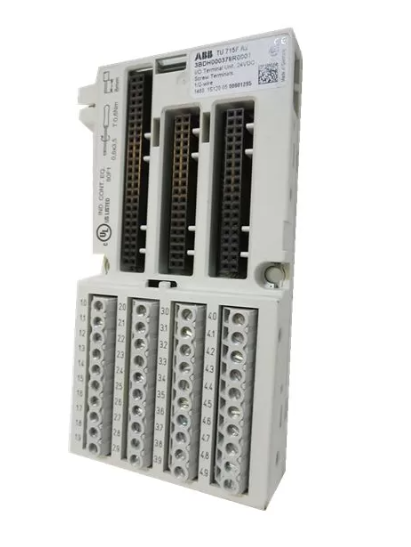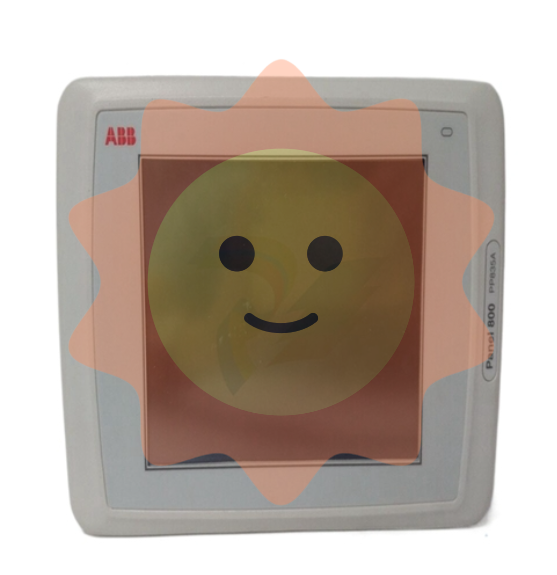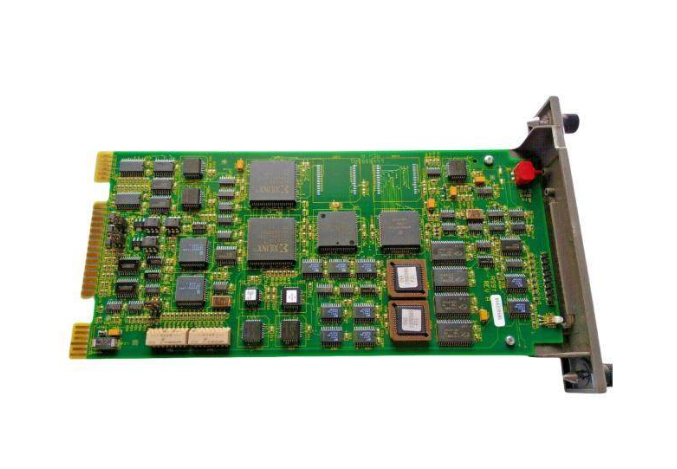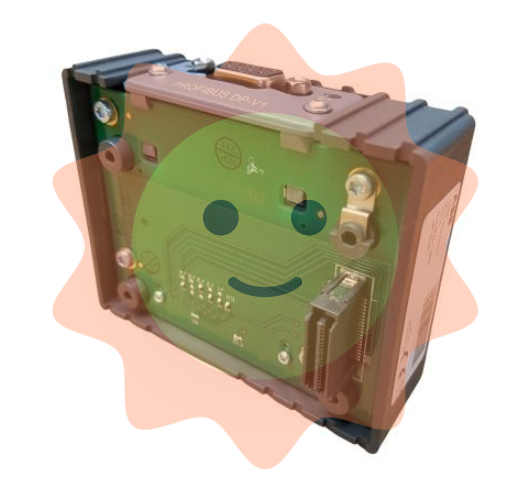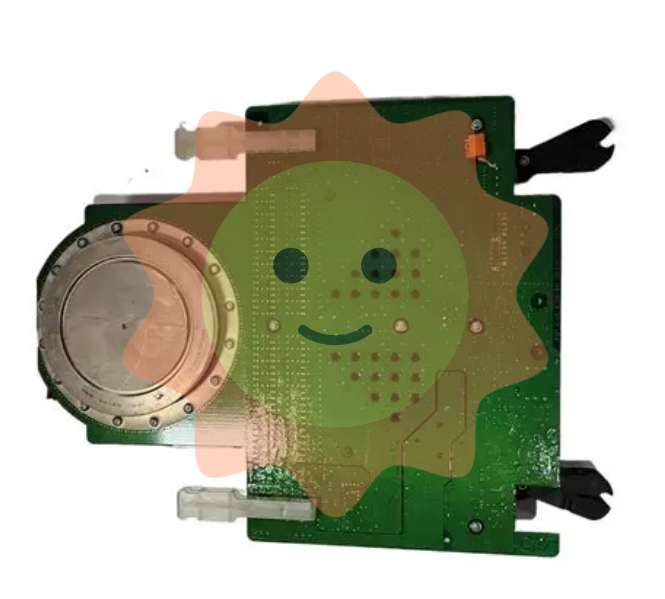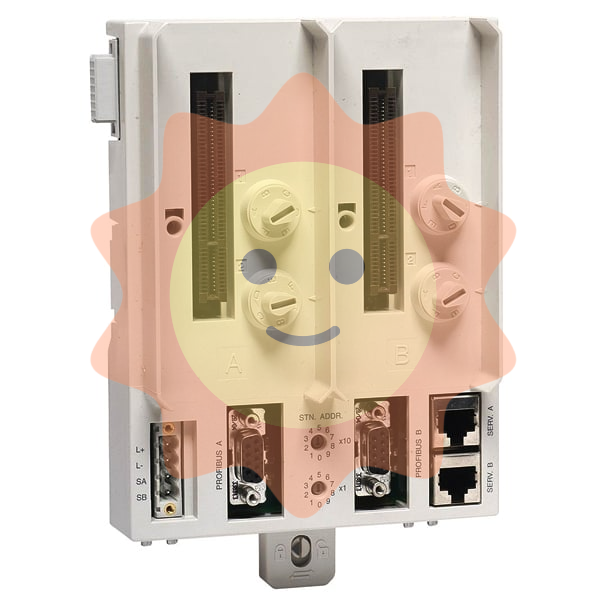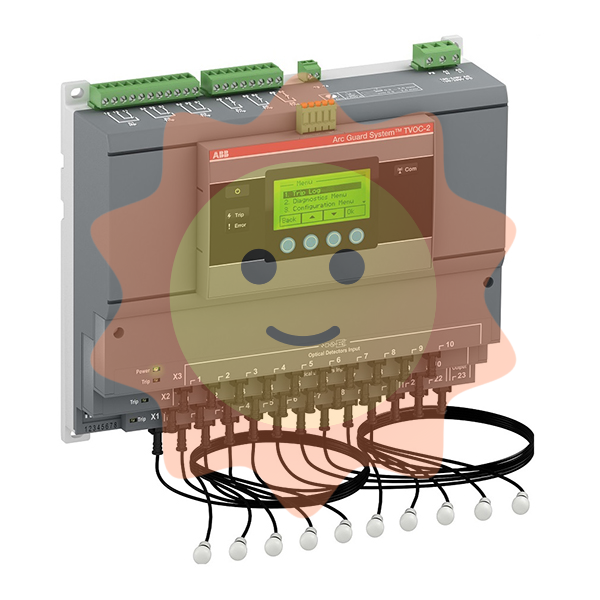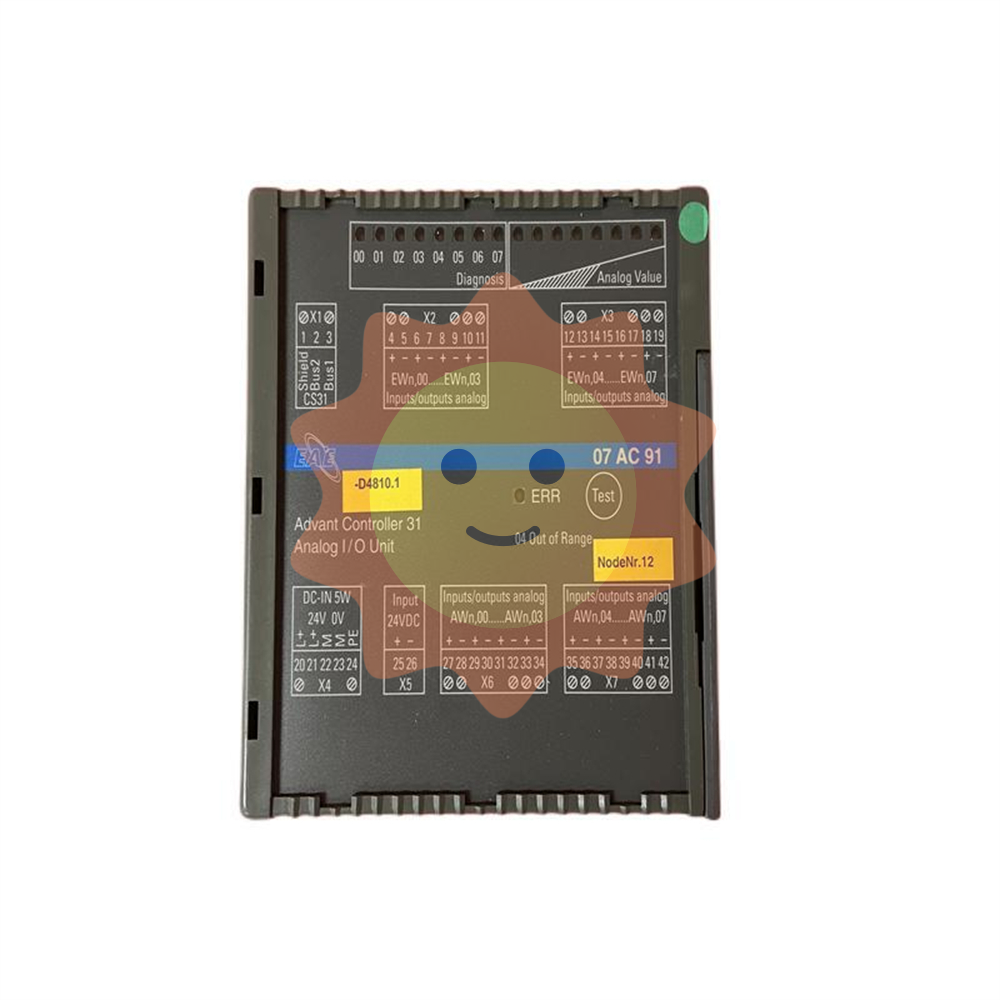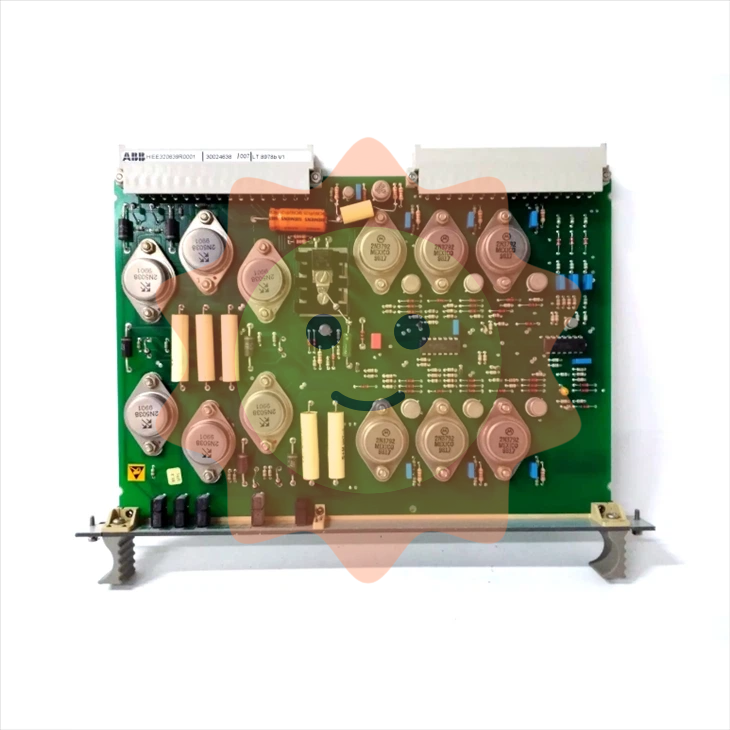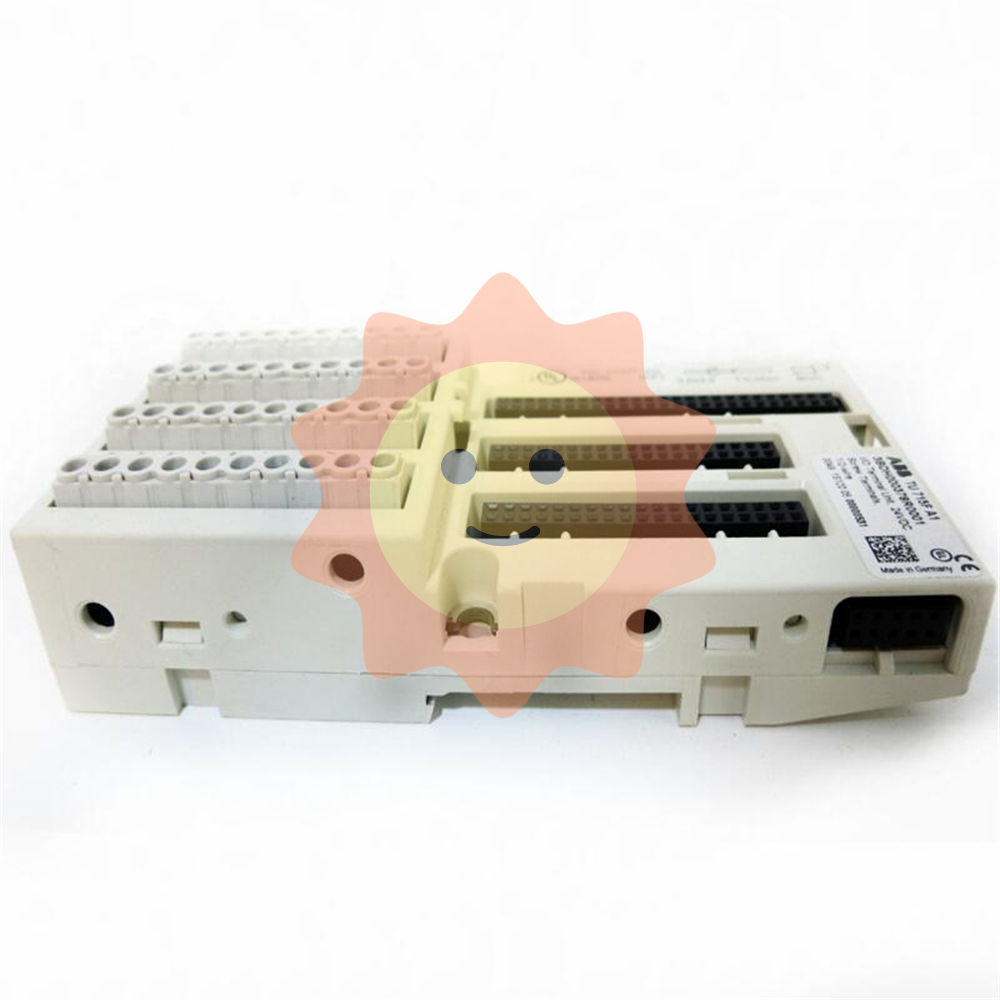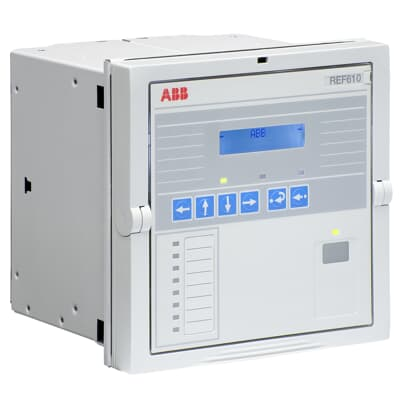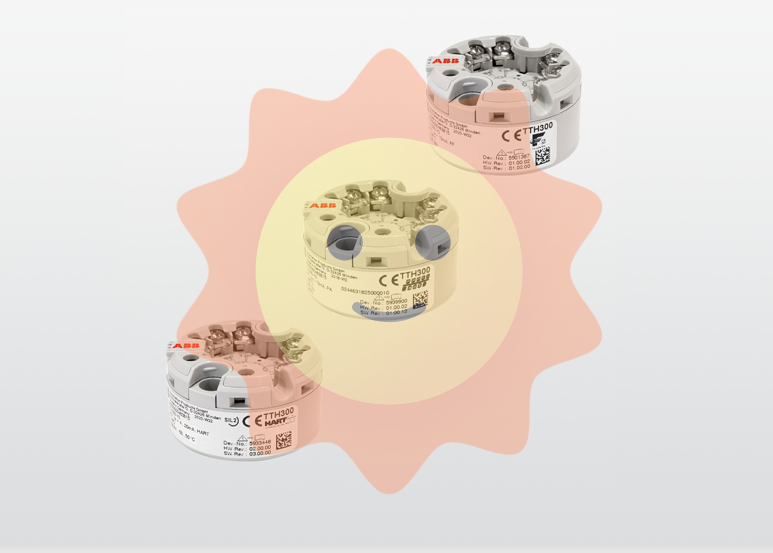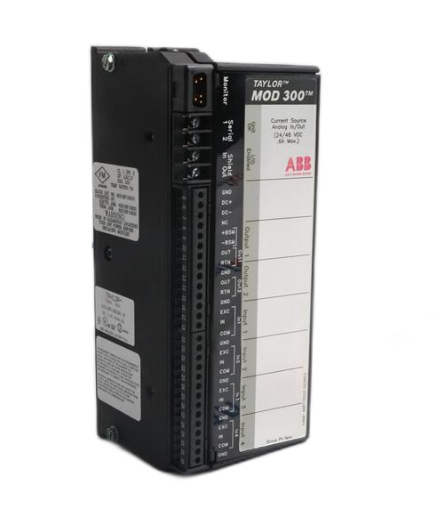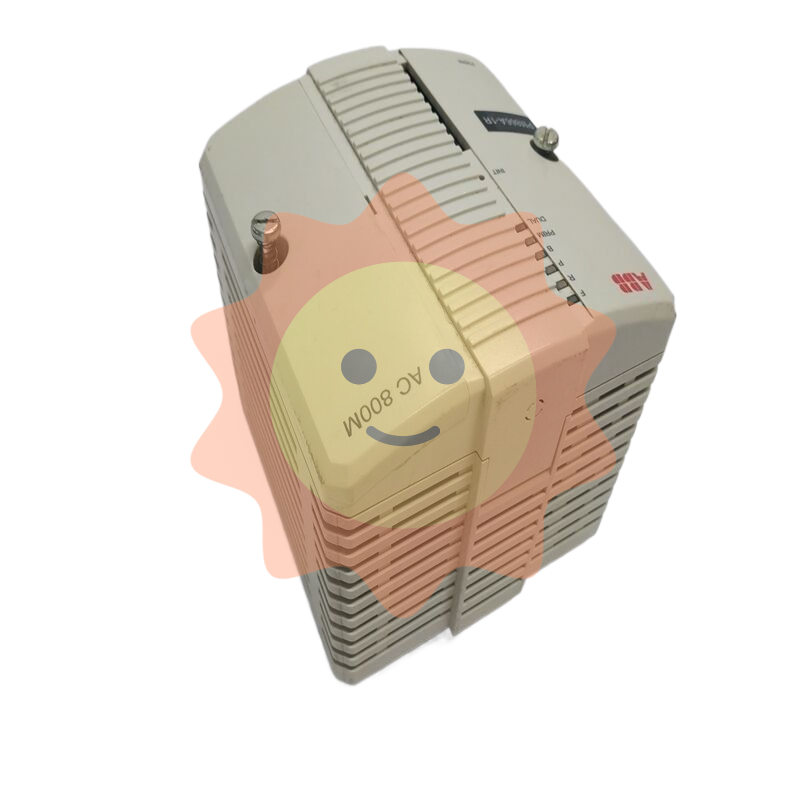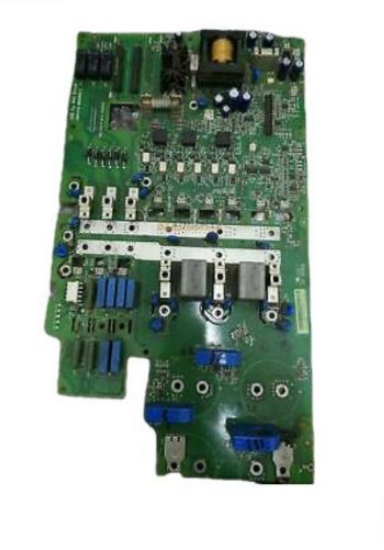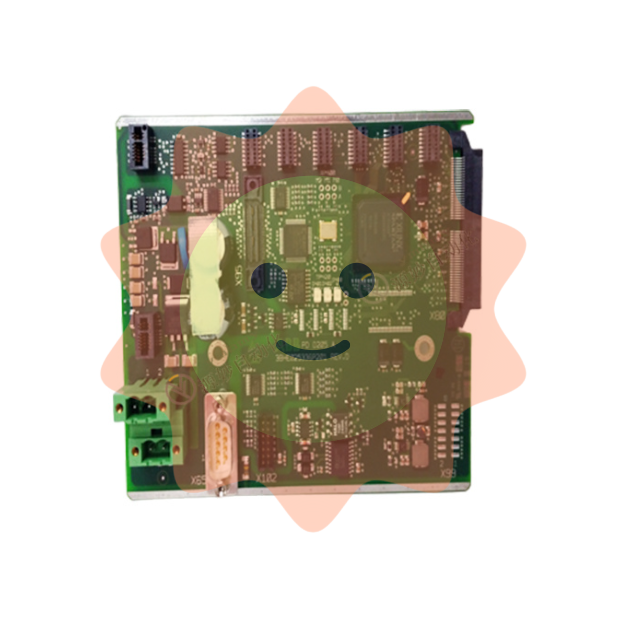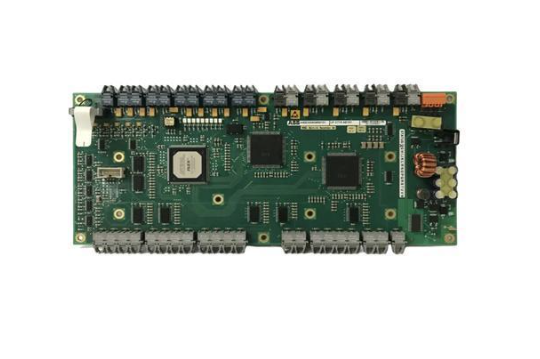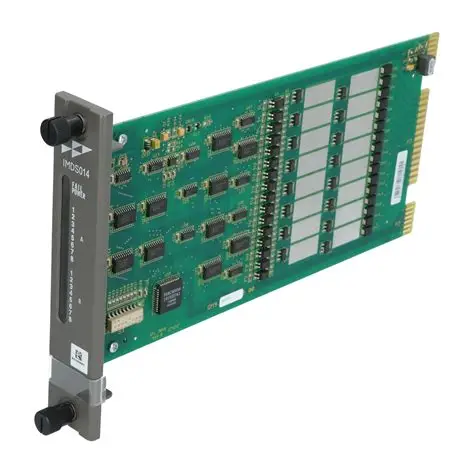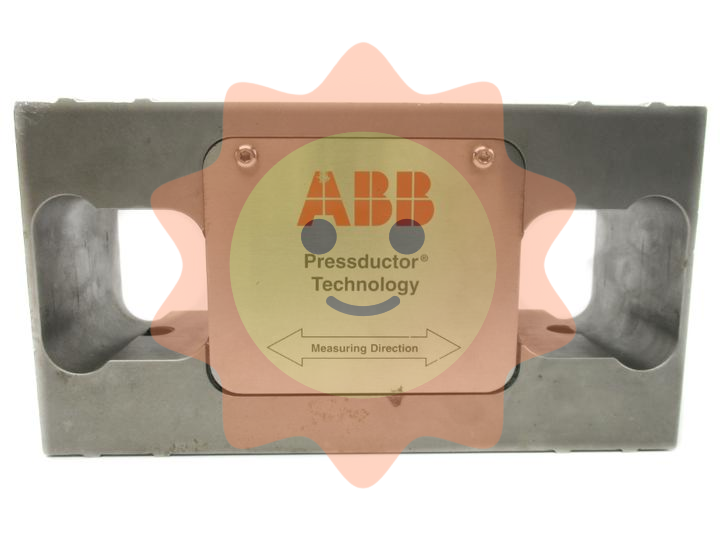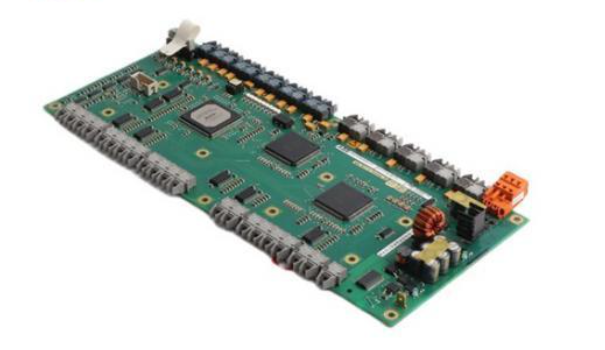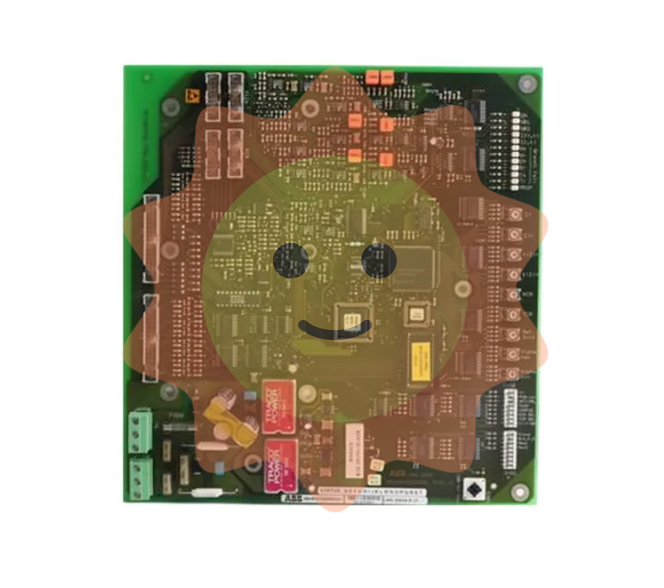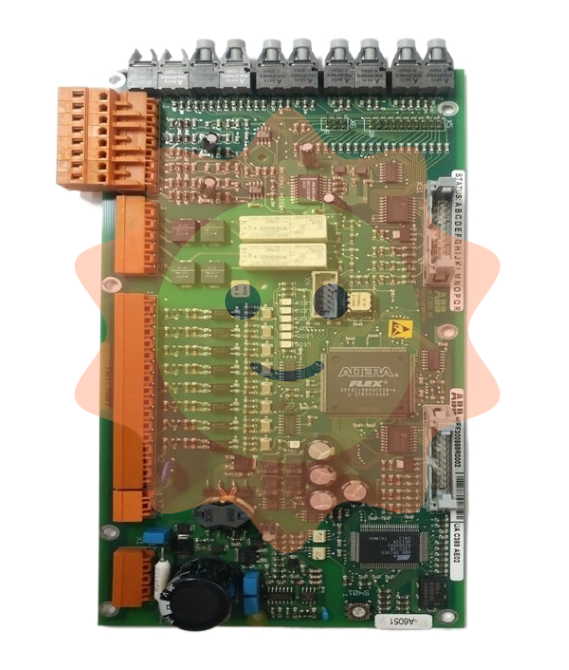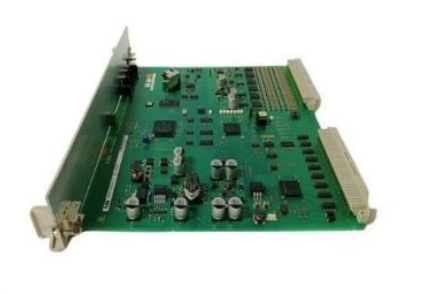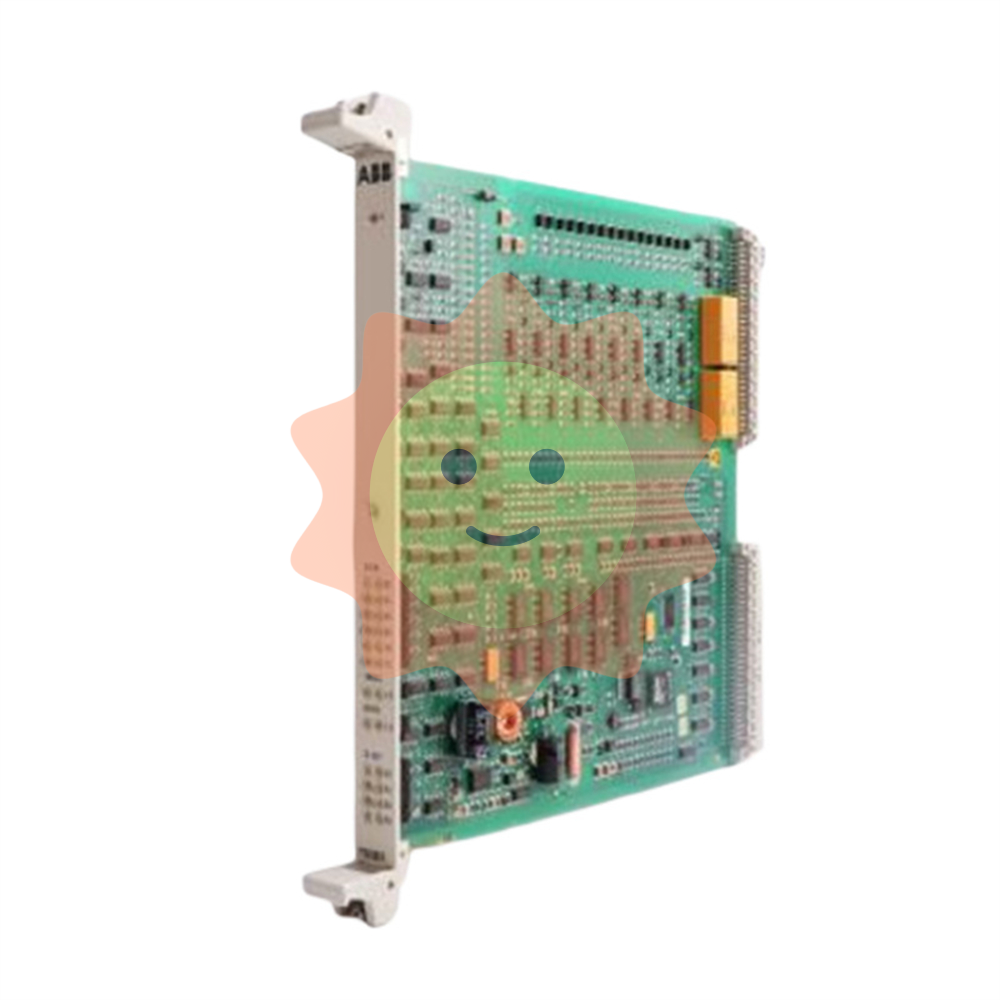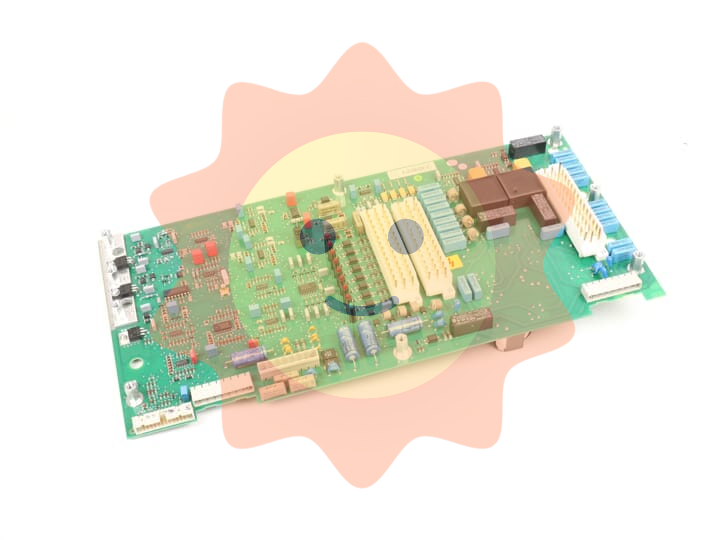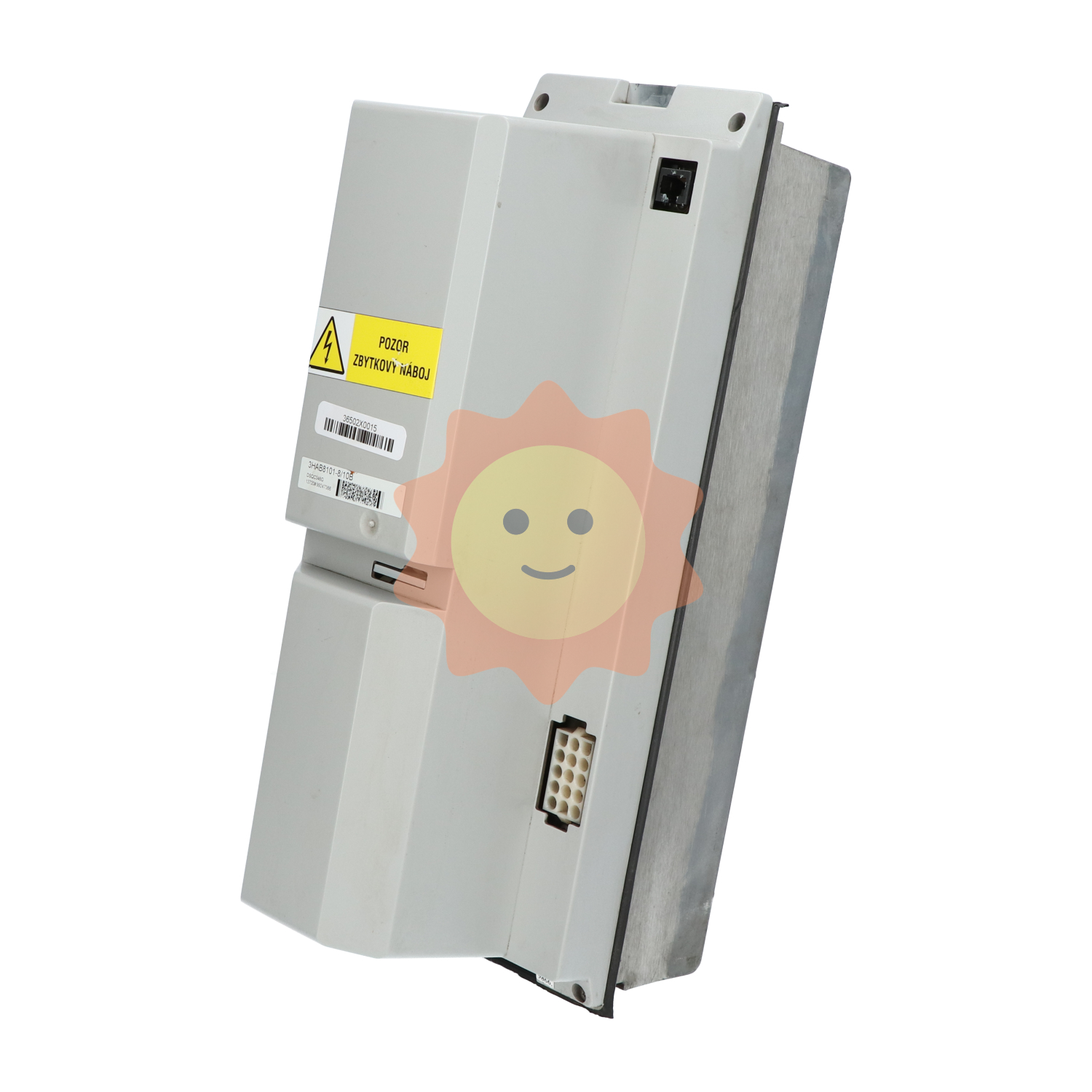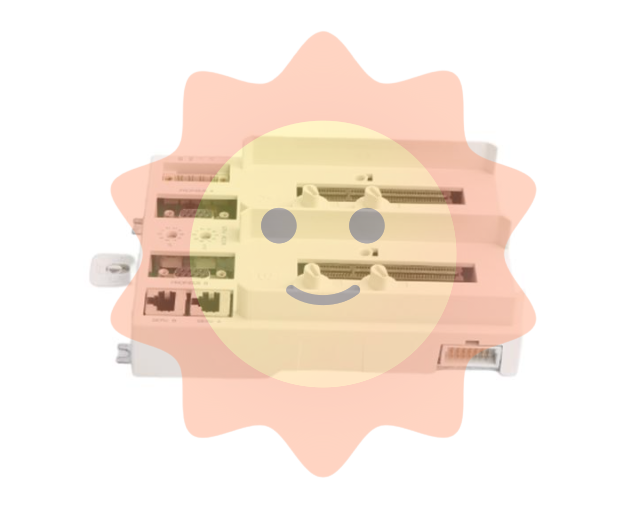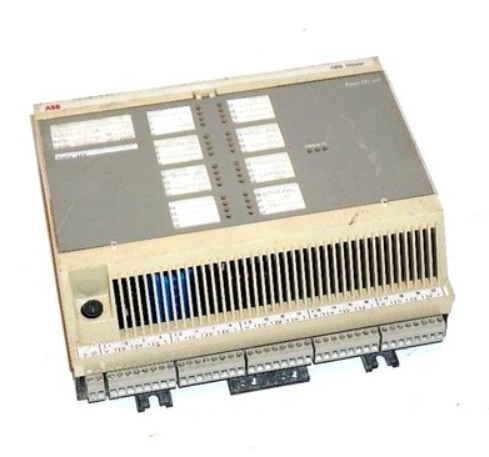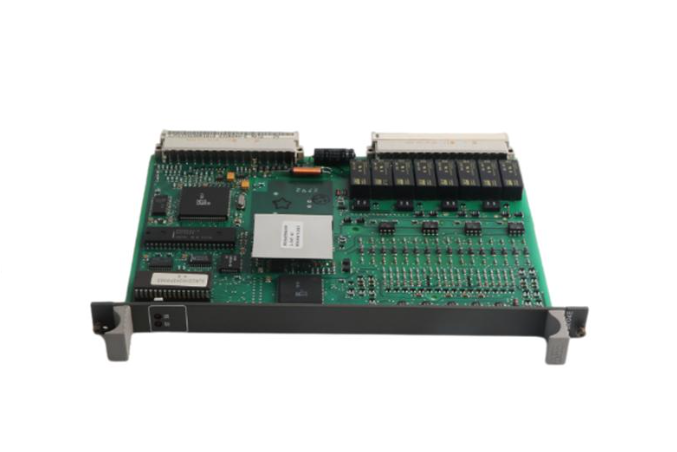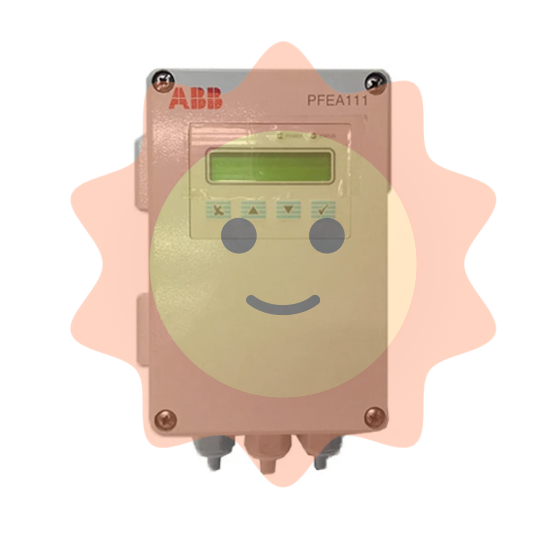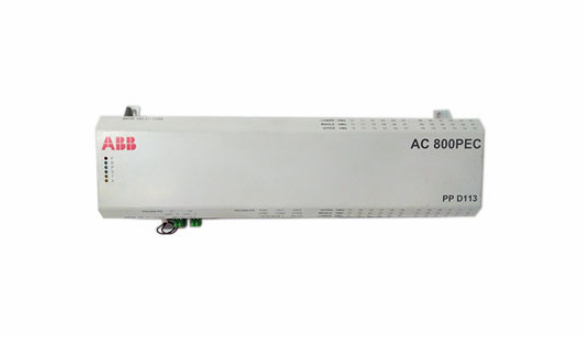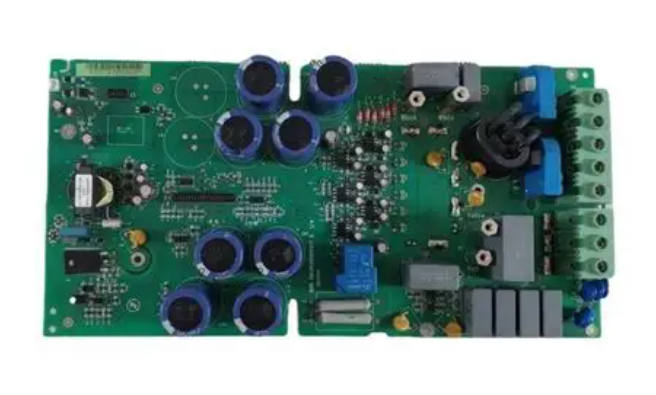Teknic SSt-6000-U Digital Servo Drive
For years, Teknic has proven the benefits of tightly integrating servo compensation with torque control under the control of a dedicated DSP per axis. The latest in a line of high performance drives, the SSt-U series advances the state of the art by utilizing this topology in such a way to allow all information to be shared in real time so all system functions cooperate in any situation. For example, if the torque loop senses voltage saturation, that is instantly passed upstream to the servo compensator and the system delivers a coordinated response, maintaining elegant load control. The result is performance superior to other digital servo drives or analog torque amplifiers. OEMs will realize tighter tracking, immediate settling, and smooth motion - all of which yields superior machine throughput and reliability.
The 6000 has an open control interface and will work with almost any servo controller or indexer with little to no software change. Moreover, it will elegantly control permanent magnet servomotors from virtually any manufacturer.
Teknic SSt-6000-U Digital Servo Drive
The SSt-6000 is a high bandwidth, digital vector servo drive. The seamless integration of position, velocity, and torque loops enables this drive to provide surprising performance enhancements.
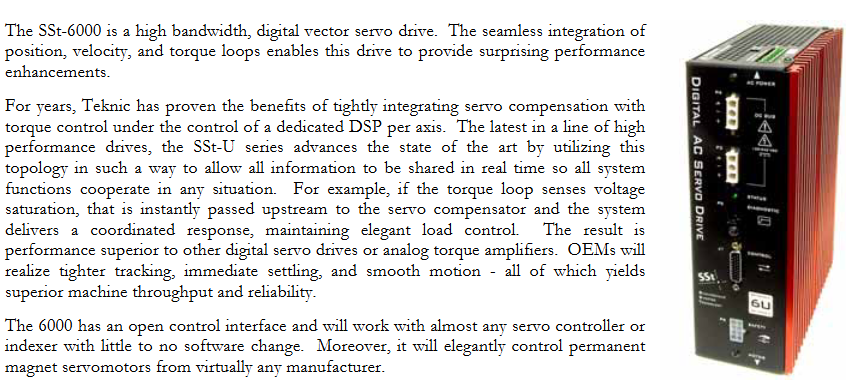
The SSt utilizes an adaptive control algorithm (IMT) based on neural fuzzy logic.
The IMT virtually eliminates the concern of inertia matching and allows for loads of large and varying inertia.
The SSt-6000-U uses small-signal, sliding-mode, automatic gain modulation to eliminate hunting even with extreme gains.
Axes will be perfectly still and have no loss of accuracy.
Some systems are high performance and others easy to use.
Few are both. The SSt’s cascading PIV control structure provides cutting edge performance with ease of use.
Even the sophisticated RAS, IMT, and Anti-Hunt are easy to set up
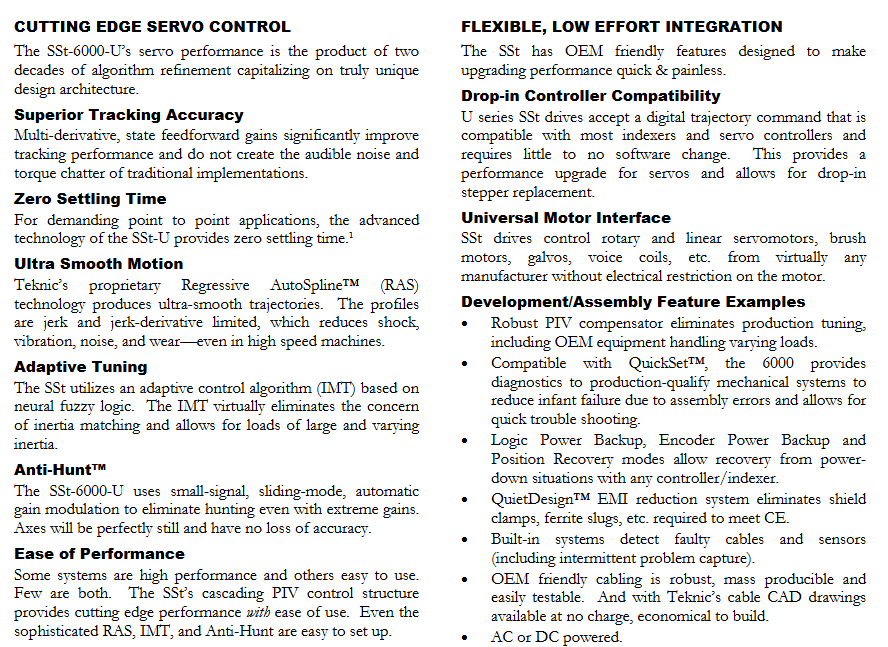
Key technical specifications
Basic and environmental parameters
Physical dimensions and weight - Dimensions: 8.93 x 5.56 x 3.15 inches (227 x 141 x 80 mm)
-Weight: 71.8 ounces (2035 g)
Working environment - Temperature: 0~40 ℃ (no condensation)
-Humidity: 0~95% RH (non condensing)
-Installation: Vertical installation on metal surface (with reserved heat dissipation space)
Compliance - Electrical Safety: EN 61010, UL 508C
-Electromagnetic compatibility (EMC): EN 50081-2 (emission), EN 50082-2 (anti-interference)
-Mechanical safety: EN 954-1 (requires compliant power control)
Power output and motor compatibility
Output current - peak current: 23 A (continuous for 3 seconds)
-Rated current: 9 A RMS (vertically installed on metal surface), 12 A RMS (with fan cooling)
PWM characteristics: 28 kHz center balanced vector PWM ripple frequency, reducing motor operating noise and heat generation
Motor compatibility supports almost all manufacturers' permanent magnet motors (without electrical restrictions), including:
-Rotary/linear servo motor, brushed/brushless motor
-Special types such as galvanometer motors and voice coil motors
3. Control performance and algorithms
Total servo phase delay (TSPD) 35 μ s (industry-leading, fully deterministic delay from position feedback reading to motor torque update)
Control closed-loop three loop collaboration (position+speed+torque), supporting:
-Position mode: Tracking error compensation, zero setting time (≤ 1 ms, requiring mechanical bandwidth matching)
-Speed mode: adaptive load inertia, anti resonance
-Torque mode: synchronous vector control, DQ decoupling, SmartSaturation (maintaining control stability when voltage/current saturates)
Core algorithm - IMT (Inertial Matching Technology): Adaptive control based on neural fuzzy logic, eliminating inertia matching concerns and adapting to large/variable inertia loads
-RAS (Regression Automatic Spline): jerk (Acceleration) restricts trajectory planning to reduce impact, vibration, and wear
-Anti Hunt: Small signal sliding mode automatic gain modulation to avoid axis oscillation under high gain conditions
-Multi order feedforward compensation: improves tracking accuracy without the noise and torque jitter of traditional feedforward
4. Feedback and Interface
Encoder Interface - Type: TTL/Differential (User Optional)
-Maximum count rate: 15 MHz
-Function: Fault sequence detection, digital filtering, support for position recovery
Hall sensor interface - isolation: photoelectric isolation, 475 Ω pull-up to+5V
-Function: Used only for torque vector setting during initialization, supports no Hall mode operation
Dedicated I/O interface - Output: Drive ready, motion completed, within tracking range, encoder pass through,+5V power supply
-Input: power level enable, mode selection (torque return, hard limit return to zero, etc.), digital pulse/direction command, analog torque command
Analog input (± 10V) differential input, impedance>10 k Ω, scaling ratio 10%/V, used for simulating torque command input
The real-time monitoring port can be configured with filtering and synchronization pulses, and the output variables include position error, actual/commanded speed, torque, acceleration, maximum phase voltage, etc. It supports non-volatile storage
5. Power Supply and Protection
Input power supply wide voltage adaptation: 90~240 VAC or 128~340 VDC (no need to manually switch voltage levels)
Driver Protection - Electrical Protection: Short Circuit (Phase to Phase/Relative Ground), Over Temperature, Over Voltage, Over Current, Winding Open Circuit Protection, Fuse
-Motor protection: true RMS torque limit, automatic speed limit, motor stalling detection, over temperature protection
Mechanical safety protection hard limit detection, limit switch servo control, adjustable tracking error limit and shutdown, adjustable torque/speed limit
Core functions and advantages
1. High precision motion control capability
Zero setting time: For point-to-point motion scenarios, under the premise of mechanical bandwidth matching, the setting time is ≤ 1 ms, greatly improving device throughput;
Ultra smooth trajectory: RAS technology generates jerk limited motion curves, which can reduce equipment vibration, noise, and mechanical wear even at high speeds;
Anti interference and stability: The Anti Hunt algorithm eliminates shaft oscillations under high gain, ensuring no drift and no loss of accuracy when the shaft is stationary.
2. Flexible integration and ease of use
Plug and play compatibility: The digital trajectory command interface is compatible with most indexes/servo controllers, requiring no or only a small amount of software modification, and can directly replace stepper drivers;
Universal motor control: No manufacturer/type restrictions, supports brushed/brushless, rotary/linear motors, reducing OEM stocking and adaptation costs;
Simplify debugging and maintenance:
Collaborate with Teknic QuickSet ™ Tools that provide mechanical system diagnosis and reduce early failures caused by assembly errors;
Logical power backup (DSP still works when the main power is disconnected), power failure location recovery (no need to reset to zero), to improve equipment fault tolerance and operation efficiency;
Built in cable/sensor fault detection (including intermittent problem capture) simplifies troubleshooting.
3. Safety and reliability
Full scenario protection: multi-layer protection from electrical (overcurrent/overvoltage), motor (stalling/overheating) to mechanical (hard limit/tracking error) to avoid equipment damage;
True RMS torque limit: Compared to traditional I ² t or temperature controllers, it is more precise in preventing motor burnout and does not require additional wiring or sensors;
EMI optimization: QuietDesign ™ The electromagnetic interference suppression system can meet CE certification without the need for shielding clamps or ferrite cores, reducing wiring complexity.
Typical application scenarios
Precision machine tools: zero setting time and high tracking accuracy, suitable for precise control of tool paths;
Automated assembly line: with torque reversal and force control functions, suitable for contact operations such as part insertion and pressing;
Semiconductor equipment: low latency and anti vibration characteristics, meeting high-precision motion requirements such as wafer handling and photolithography;
Alternative stepper system: Directly replace the stepper driver to improve motion smoothness and positioning accuracy without modifying the original controller software.
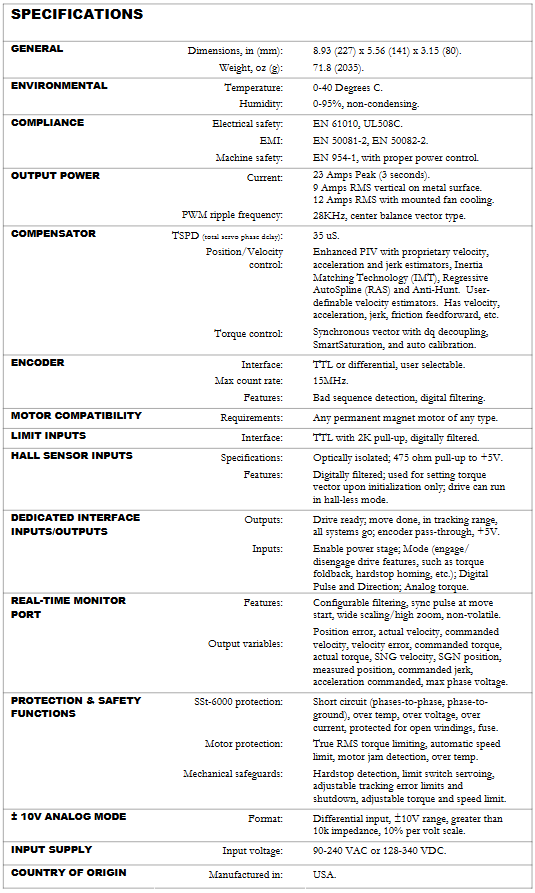
- EMERSON
- Honeywell
- CTI
- Rolls-Royce
- General Electric
- Woodward
- Yaskawa
- xYCOM
- Motorola
- Siemens
- Rockwell
- ABB
- B&R
- HIMA
- Construction site
- electricity
- Automobile market
- PLC
- DCS
- Motor drivers
- VSD
- Implications
- cement
- CO2
- CEM
- methane
- Artificial intelligence
- Titanic
- Solar energy
- Hydrogen fuel cell
- Hydrogen and fuel cells
- Hydrogen and oxygen fuel cells
- tyre
- Chemical fiber
- dynamo
- corpuscle
- Pulp and paper
- printing
- fossil
- FANUC
- Food and beverage
- Life science
- Sewage treatment
- Personal care
- electricity
- boats
- infrastructure
- Automobile industry
- metallurgy
- Nuclear power generation
- Geothermal power generation
- Water and wastewater
- Infrastructure construction
- Mine hazard
- steel
- papermaking
- Natural gas industry
- Infrastructure construction
- Power and energy
- Rubber and plastic
- Renewable energy
- pharmacy
- mining
- Plastic industry
- Schneider
- Kongsberg
- NI
- Wind energy
- International petroleum
- International new energy network
- gas
- WATLOW
- ProSoft
- SEW
- wind
- ADVANCED
- Reliance
- YOKOGAWA
- TRICONEX
- FOXBORO
- METSO
- MAN
- Advantest
- ADVANCED
- ALSTOM
- Control Wave
- AB
- AMAT
- STUDER
- KONGSBERG
- MOTOROLA
- DANAHER MOTION
- Bently
- Galil
- EATON
- MOLEX
- Triconex
- DEIF
- B&W
- ZYGO
- Aerotech
- DANFOSS
- KOLLMORGEN
- Beijer
- Endress+Hauser
- MOOG
- KB
- Moxa
- Rexroth


Email:wang@kongjiangauto.com


